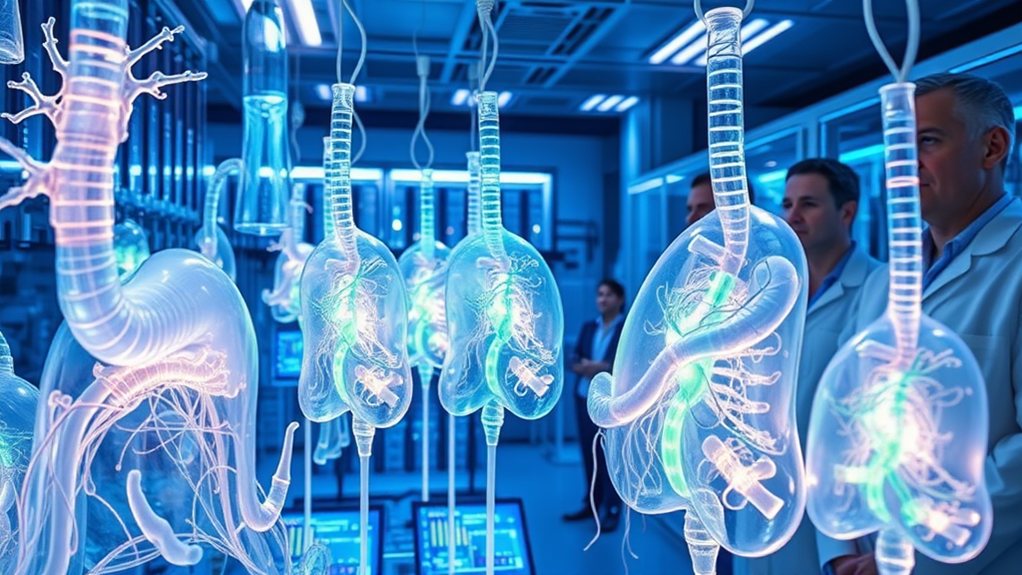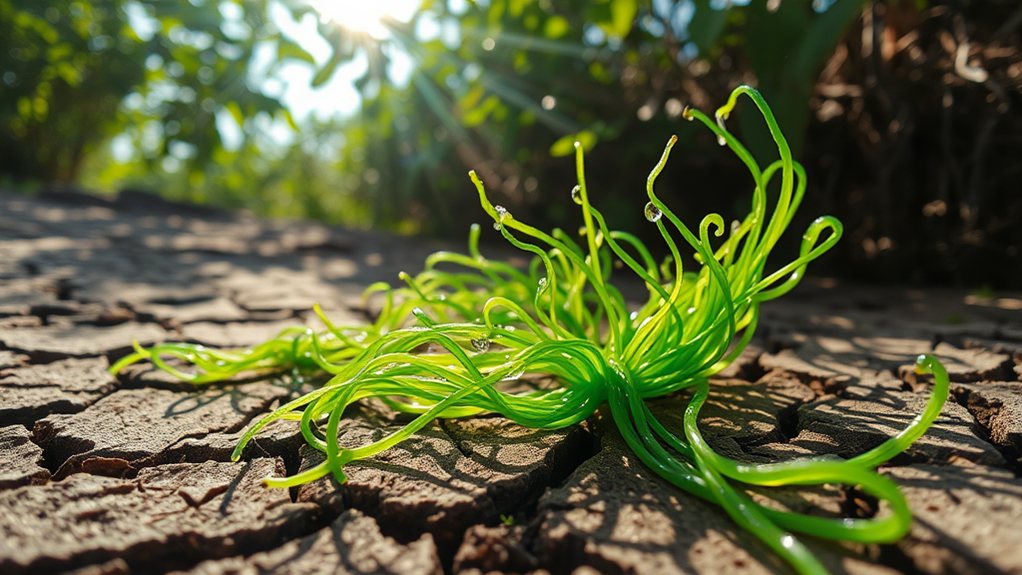
As scientists explore new ways to solve the shortage of organ donors, the future of organ transplants is looking more promising than ever. One fascinating idea being discussed is the concept of “bodyoids.” These are live human bodies grown specifically for medical research and organ transplantation. While bodyoids would be alive, they wouldn’t have consciousness or awareness. This means that they’d function like laboratory organisms instead of sentient beings.
Currently, the technology to create bodyoids doesn’t exist. However, researchers are making strides in growing synthetic embryos in labs. This ongoing research aims to address the vital need for organ donors. By considering the possibility of full-body transplants, scientists hope to maximize compatibility for patients needing new organs. If successful, the creation of bodyoids could lead to a new source for organ harvesting.
Researchers are advancing in synthetic embryo development, aiming to create bodyoids for organ transplants and improve donor compatibility.
But this idea doesn’t come without its challenges. Ethical concerns surround the creation of bodyoids, particularly regarding their rights and treatment. Questions arise about whether these entities could feel pain or emotions, which adds complexity to the conversation. As the technology develops, it’s essential to have ethical frameworks in place to regulate how bodyoids are treated.
Public reaction to the idea of bodyoids has been mixed. Some people are excited about the potential advancements in medical science. Others express skepticism, drawing parallels to horror movies and cultural narratives about body manipulation. These discussions highlight the societal impact of potentially growing spare bodies for organ transplants.
The future of organ transplants may lead us down a path where humans can live longer lives through full-body transplants. However, this raises significant questions about identity and personhood. As this field develops, society will need to navigate both the exciting possibilities and the ethical dilemmas that come with it.
The conversation around bodyoids is just beginning, and it’s one that will likely continue to evolve.







